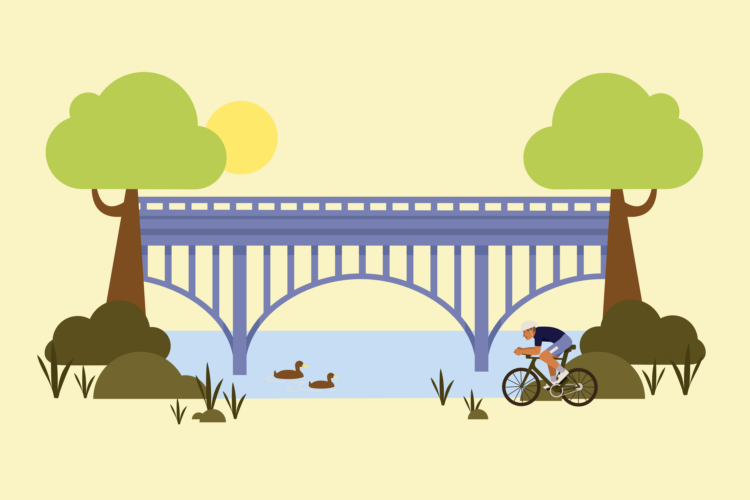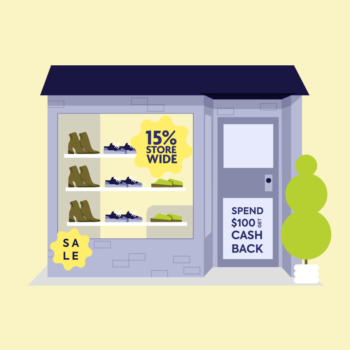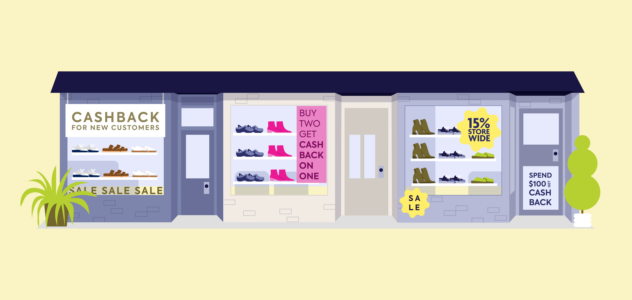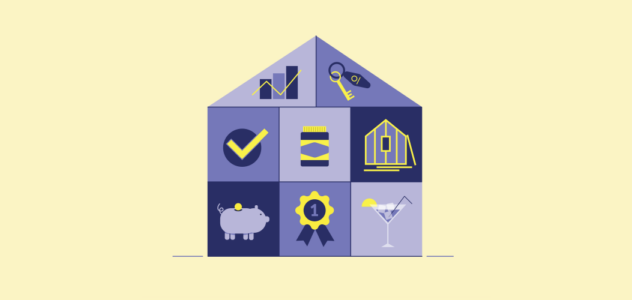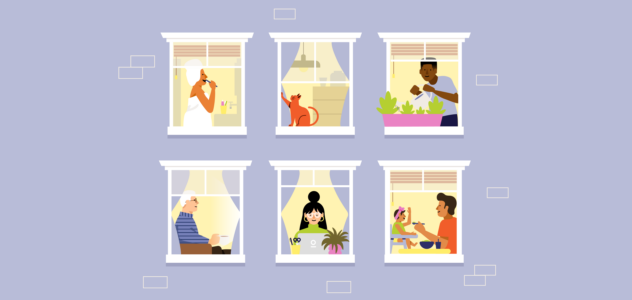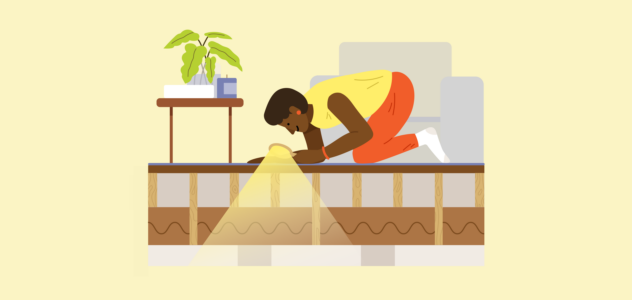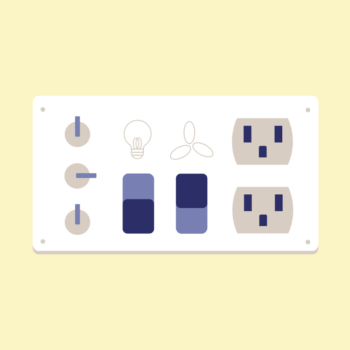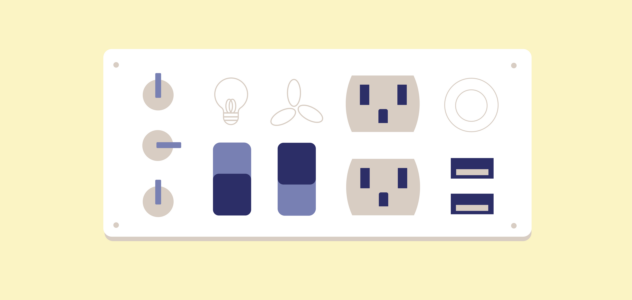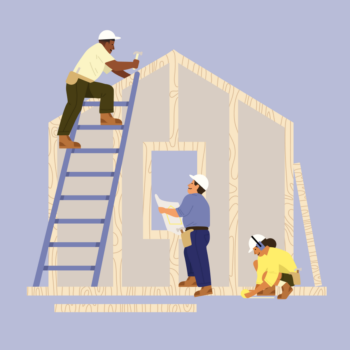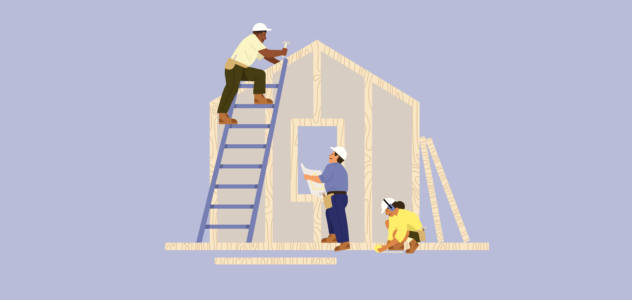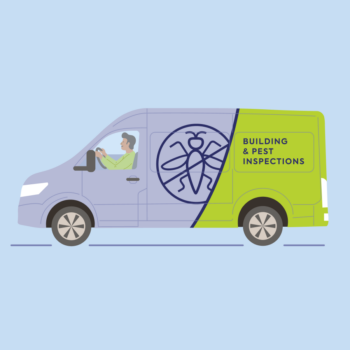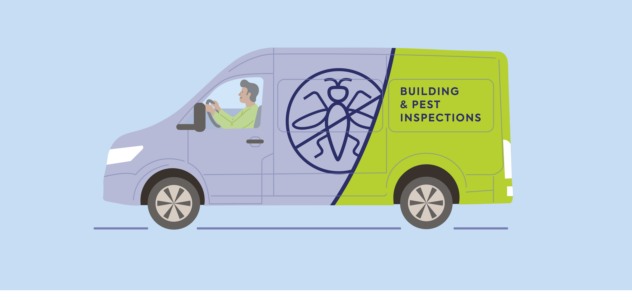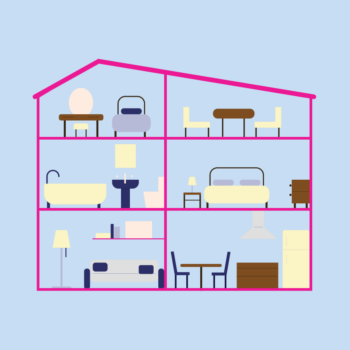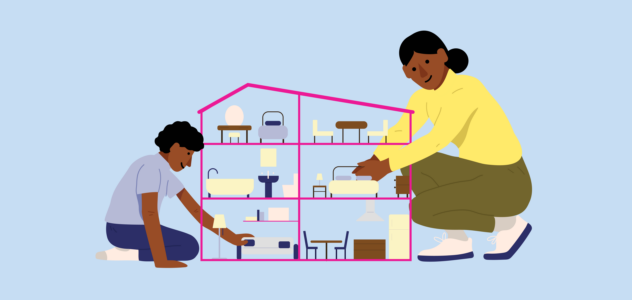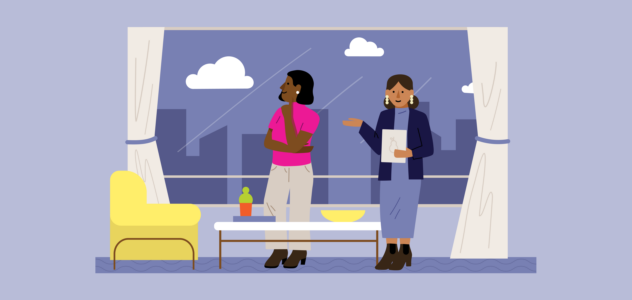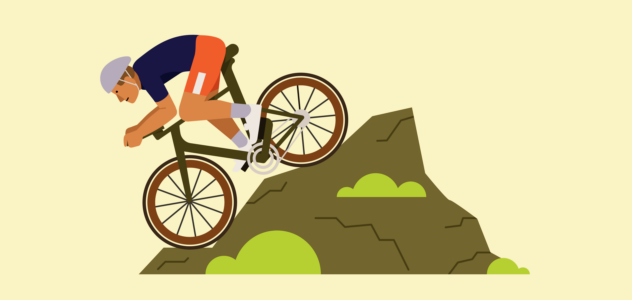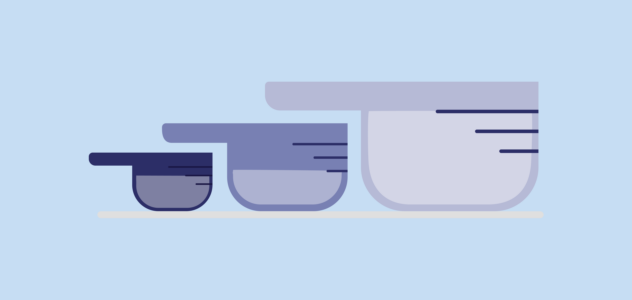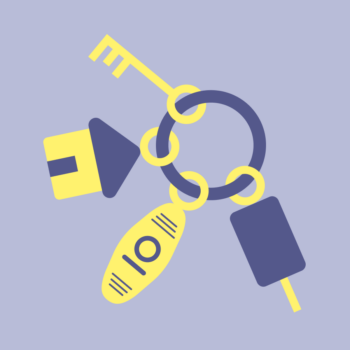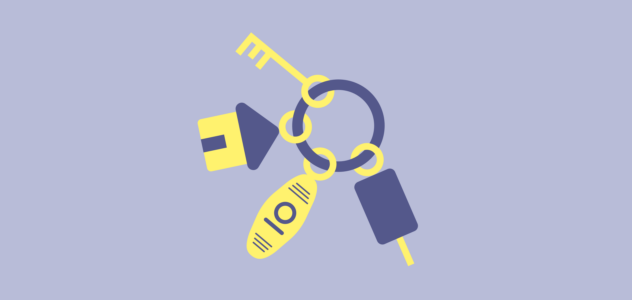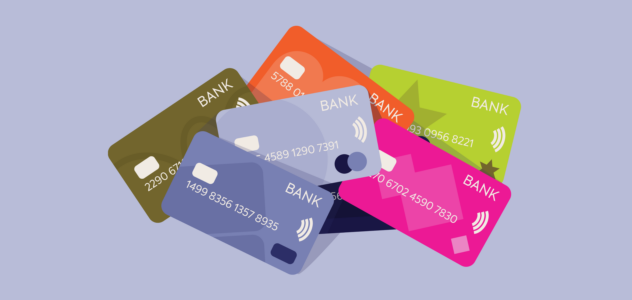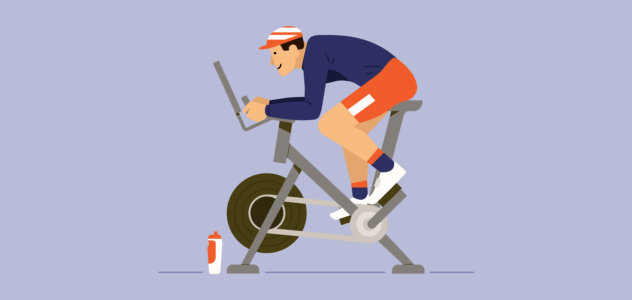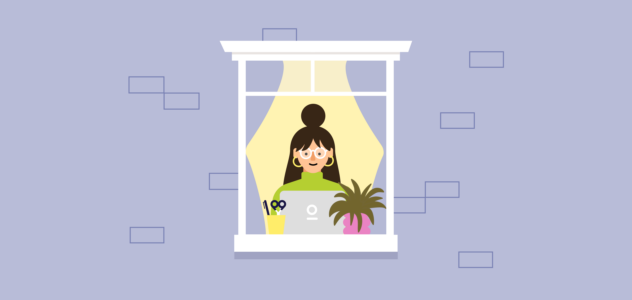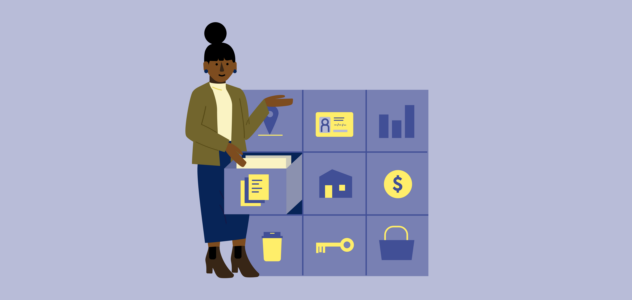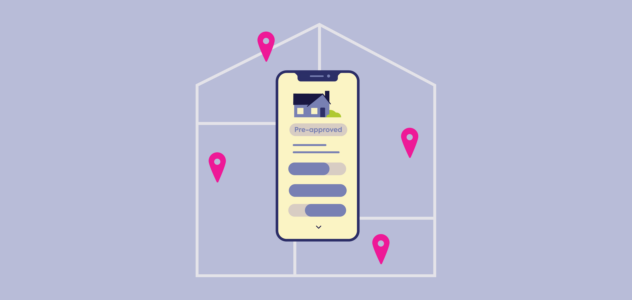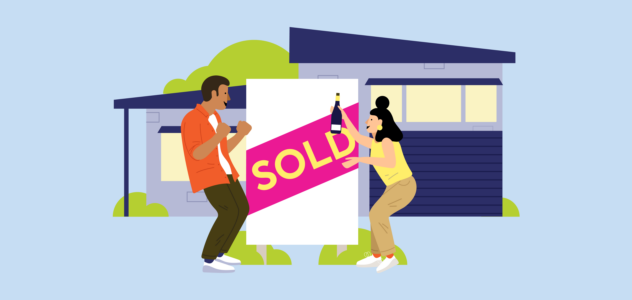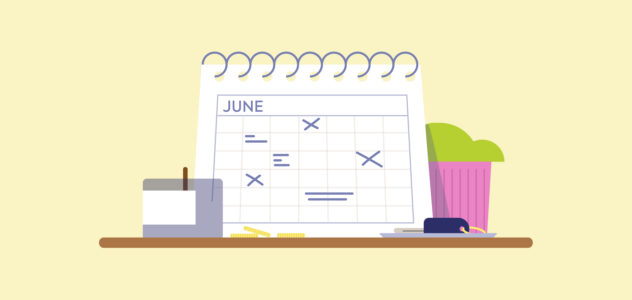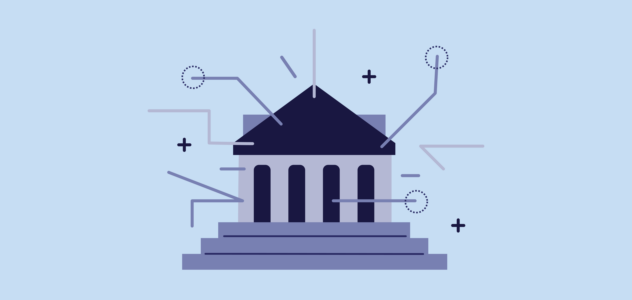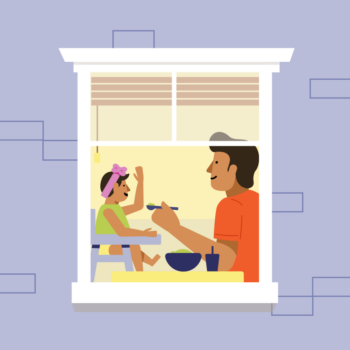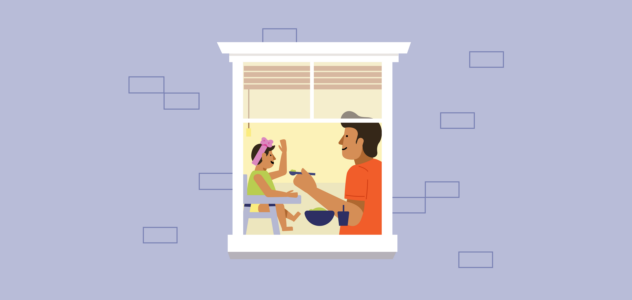Looking to upgrade to something bigger and better? Move locations or downsize? Or maybe you have your eyes on your dream place and you’re wondering, “Can I buy it before I sell my current home?”
Well, you might want to consider a handy thing called a bridging loan to help get you where you want to be.
Say what now?
A bridging loan (or bridging finance) is a short-term loan used to ‘bridge’ the financial gap between buying and selling. It means you can potentially secure a new property before you’ve sold your current one. Sounds useful, right?
Let’s look a little closer:
- What is a bridging loan? And how does it work?
- Why would you use a bridging loan?
- What are the pros and cons of a bridging loan?
- How much can you borrow with a bridging loan?
- How long do you get to pay back a bridging loan?
Let’s jump right in.
What is a bridging loan?
Say you’ve found your ideal home and you want to put an offer on it, ASAP. There’s just one problem – you haven’t sold your existing home (and paying two full mortgages over the long term isn’t what you had in mind or what you can afford).
Thankfully, there’s another option. A bridging loan.
In most cases, a bridging loan is a short-term interest only loan that helps you borrow the money needed for your new home, before the sale proceeds from your existing home are available. You’re basically buying time to sell your existing property. Bridging loans usually have a term of 6 – 12 months and finish once your existing property is sold.
The size of your bridging loan will often depend on a few factors, like the equity in your existing property, your borrowing capacity and Loan to Value Ratio (more on these factors in a minute).
Why would you use a bridging loan?
There are a few situations where a bridging loan might work for you.
- Perhaps you’re upgrading and you’ve found your dream property before you’ve had the chance to sell (a bridging loan could be the difference between securing your dream property or missing out!)
- Maybe you want to save the hassle of moving twice. For example, without a bridging loan you might have to move from your existing home, to a rental, and then to your new home. A bridging loan can allow you to sidestep the rental bit.
- Perhaps you want to hold off on selling your existing home for various reasons – for example, you might need to finish off a few renovations.
How long do you get to pay back a bridging loan?
In Australia, the bridging loan term is typically 6 – 12 months, and you usually pay the loan until the sale (and settlement) of your existing property.
In a situation where you sell your home for less than you had planned, your bridging loan may get added to your new home loan balance after everything has been settled.
Can a bridging loan be extended?
Generally, no.
Remember, it’s a short-term loan designed to help you cover a financing gap. But in a situation where you struggle to pay back your bridging loan (for example, you sell your home for less than you planned) your bridging loan may transfer over to your home loan balance.
Advantages of a bridging loan
There’s a whole lot of good that can come out of a bridging loan.
Options
A bridging loan can give you options and help to secure your dream property, before it gets snatched up. Plus, the peace of mind of knowing you’ve got a bit of time before you need to sell.
Avoid rentals
Prevent having to find somewhere to temporarily live between the time you sell and the time you buy. A bridging loan can help you move straight in and take the stress out of trying to align your property settlement dates.
Flexible repayments
Often bridging loans are interest only repayments (this is lower than the alternative – principal and interest repayments).
Disadvantages of a bridging loan
As with most things in the property buying world, there are some downsides or considerations that come with bridging loans.
Selling uncertainty
There’s always an element of uncertainty that comes with selling, so buying before selling could add a layer of stress. It could also put you under pressure to sell sooner to avoid paying higher interest rates.
It can get expensive
The longer it takes to sell your home, the more interest you may pay. Not only that, you’re essentially paying two mortgages at once and the bridging loan will have a higher interest rate than your standard meat and potatoes home loan.
You might not sell
In some (rare) circumstances where you can’t sell your home, the bank may step in to sell your home on your behalf.
How does a bridging loan work? Meet Jules…
Let’s say Jules’ house is valued at $800,000 and he has $370,000 outstanding on his loan. That means he has $430,000 in equity in his property.
He’s found a new home that costs $1,300,000 – his dream home, we might add. Jules uses $130,000 of his equity to pay for the 10% deposit, which increases his existing loan up to $500,000. He then applies for bridging finance to help cover the interim period.
His existing loan of $500,000 becomes the “bridging loan” and the loan term is reduced to 12 months.
To complete the purchase of the new property, Jules will require $1,235,000. Let’s break that down:
- $1,300,000 for the property
- Plus 5% stamp duty ($65,000)
- Less 10% deposit already paid ($130,000)
Jules’ total loan is now $1,735,000 ($500,000 bridging loan + $1,235,000 loan to fund the remaining purchase). This is also known as Jules’ “peak debt”.
During the bridging period, Jules chooses to pay both loans with interest-only repayments to help with overall cash flow.
3 months later, Jules sells his existing home for $800,000. He uses this money to pay down his bridging loan of $500,000 and is left with a further $300,000 to contribute to his new loan.
His new loan is now reduced to $935,000 and he switches it over to principal and interest repayments. This is also known as Jules’ “end debt”.
So as you can see, if the situation is right (like Jules’) a bridging loan can work wonders to get you from A to B.
What are the different types of bridging loans?
Bridging loans aren’t meant to be a long term thing. So there are two common types of bridging loans lenders use to define the ‘end date’ (AKA when you’ll pay back the cash money).
Closed bridging loan
This type of bridging loan has an end date or exit strategy. In other words, the loan will be paid back by a set date that’s approved by both parties. Because it comes with more certainty, this type of bridging loan generally has lower interest rates. The caveat: banks will want to see proof that you’ll be able to pay back the loan by the agreed date (intentions to sell your house won’t be enough).
Open bridging loan
An open bridging loan comes with less certainty, and as a result, often attracts higher interest rates. In this loan type, there’s no fixed payoff date because you may not know when you’ll have the money on hand. For example, you don’t know when your current house will sell.
How much can you borrow in a bridging loan?
The question that everyone wants to know – how much can I get?
Similar to a home loan, everyone’s bridging loan capacity is unique depending on their circumstances. It’s mostly based on:
Borrowing capacity
AKA how much a bank is willing to lend you. This is based on your income less total living expenses.
The equity in your current property
The difference between the current value of your home and how much you owe on it.
Loan to value ratio (LVR)
The ratio of the loan amount to the value of the new property that’s being used as security for the loan. You typically need an LVR of 80% or less to get approved for a bridging loan.
Not only that, when asking how much can you borrow in a bridging loan, it’s also important to understand the concept of ‘peak debt’ and ‘end debt.’
Peak debt is the highest level of debt a borrower will be in. In other words, it’s when you’ve got a bridging loan AND haven’t sold your existing home yet.
End debt is the amount of debt that remains once you’ve received the money from the sale of your existing home.
Do you need a deposit when using a bridging loan?
There’s no getting out of it. To purchase a new home means you’ll need a deposit in one form or another. This could be in the form of savings (cash money) or equity in your existing home.
Your mortgage broker will help you figure all this out.
Are there any alternatives to a bridging loan?
Bridging loans aren’t for everyone (and not everyone will be eligible, either).
If, for whatever reason, a bridging loan isn’t right for you, you may choose another option.
Negotiate settlement terms
If everything works out well and you buy and sell at a similar time, you may be able to negotiate same-day settlement. This will save the hassle of having to find an ‘in between’ rental or put your stuff in storage.
Focus on selling your home first
While it means you can’t put an offer on a property until you sell your home, you still might decide it suits you better to focus on selling your home first.
Still not sure what’s right for you? A mortgage broker (or home loan expert as we like to call them) can guide you through your options. It’s a good idea to get in touch as soon as you’re thinking of upgrading – that way you’ll be prepared when a great property pops up!
So, is a bridging loan right for you?
We can’t give you a definitive yes or no answer because the truth is, they’re not right for *everyone*. Buuut it can definitely work in some people’s favour.
As always, it depends on your unique situation – things like borrowing capacity, equity and the amount of uncertainty and risk you’re comfortable with.
The good news? Our home loan experts can help you work out how a bridging loan could work for you.
